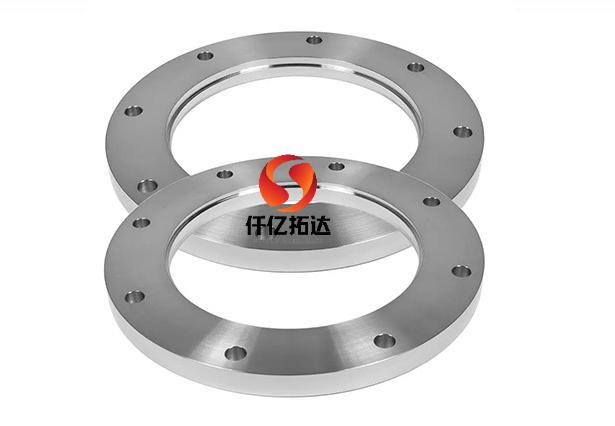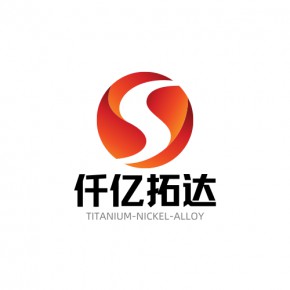продукц
- ▶ Titanium product center
- ■ Titanium plate
- ■ Titanium tube
- ■ Titanium rod
- ■ Titanium forgings. Flange
- ■ Titanium alloy
- ■ Titanium, nickel, zirconium material
- ■ Titanium standard
- ■ Titanium workpiece
- ■ Titanium, nickel equipment
- ▶ Nickel product center
- ■ Nickel-based alloy
- ■ Nickel tube
- ■ Nickel plate
- ■ Nickel rod
- ▶ Titanium agitator
- ■ Titanium reactor agitator
- ■ Titanium stirring blade
- ▶ Industrial instruments/sensors
- ■ Industrial instrument
- ■ Industrial sensor
- ■ Pressure instrument
- ■ Non-standard sensor
产品介绍

The applications of large-diameter titanium flanges are diverse, finding widespread use across various industrial sectors, including but not limited to:
-
Chemical Industry: Large-diameter titanium flanges are commonly employed to connect various vessels, reactors, and pipelines in chemical equipment, addressing the challenges posed by highly corrosive media and high-temperature environments.
-
Marine Engineering: Due to titanium's excellent corrosion resistance, large-diameter titanium flanges are often used in marine engineering, including applications in seawater desalination equipment and marine water treatment systems, ensuring stable operation in seawater environments.
-
Energy Sector: In the energy industry, these flanges are utilized to connect and support petroleum and natural gas pipelines, demonstrating corrosion resistance suitable for challenging oil and gas environments.
-
Aerospace: Large-diameter titanium flanges are employed in the aerospace sector for connecting critical components such as aircraft fuel systems and hydraulic systems, leveraging titanium's advantages of lightweight and high strength.
-
Fertilizer Production: Widely used in the fertilizer industry, these flanges connect reactors and separators, handling corrosive gases and liquids generated during chemical reactions.
The production process of large-diameter titanium flanges is a complex engineering endeavor involving several key steps to ensure the quality and performance of the final product:
-
Material Selection: Choose suitable industrial pure titanium or titanium alloy materials based on specific application requirements, determining the grade and specifications.
-
Cutting and Preforming: Employ cutting equipment to shape raw materials into appropriate forms and use preforming processes to achieve initial shaping.
-
Heating and Forming: Heat the preformed titanium material to the required temperature and use large molds or hydraulic forming equipment to shape it into the desired large-diameter flange.
-
Heat Treatment: Subject the formed large-diameter titanium flange to heat treatment to enhance its mechanical properties and corrosion resistance.
-
Machining: Precisely machine the heat-treated flange, including hole machining, thread machining, etc., ensuring dimensional accuracy and shape precision.
-
Welding: Weld the components of the flange that require assembly, ensuring high-quality welds and strong connections.
-
Surface Treatment: Perform surface treatments such as polishing and sandblasting to enhance the appearance and corrosion resistance of the large-diameter titanium flange.
-
Quality Inspection: Conduct thorough quality inspections, including dimensional checks, weld inspections, chemical composition analysis, etc., to ensure the product meets design requirements.
-
Packaging and Delivery: Carefully package the final large-diameter titanium flange using appropriate methods for timely delivery to customers.
Through this comprehensive production process, large-diameter titanium flanges are finely manufactured to meet the diverse requirements of engineering and industrial applications.





